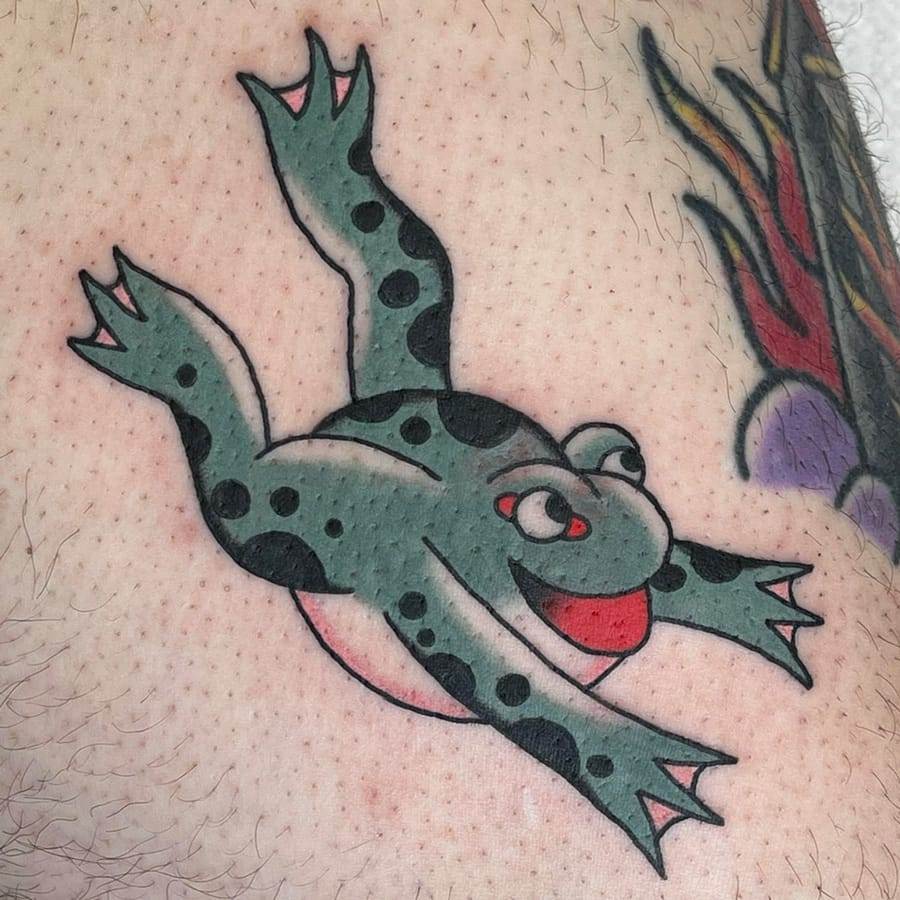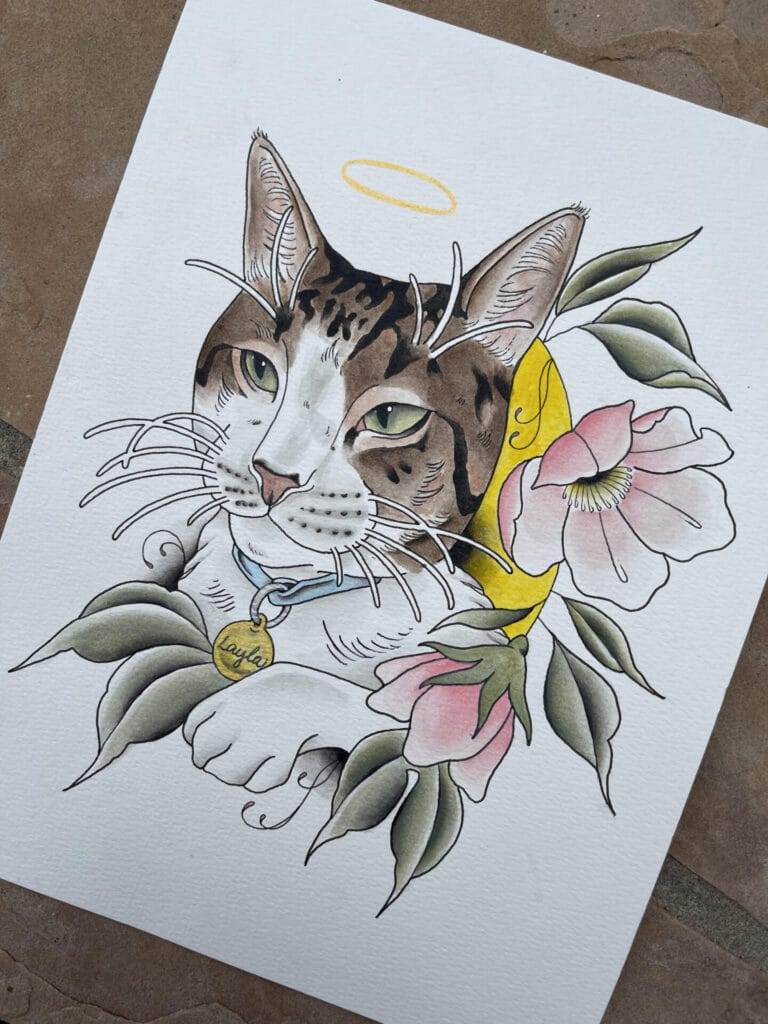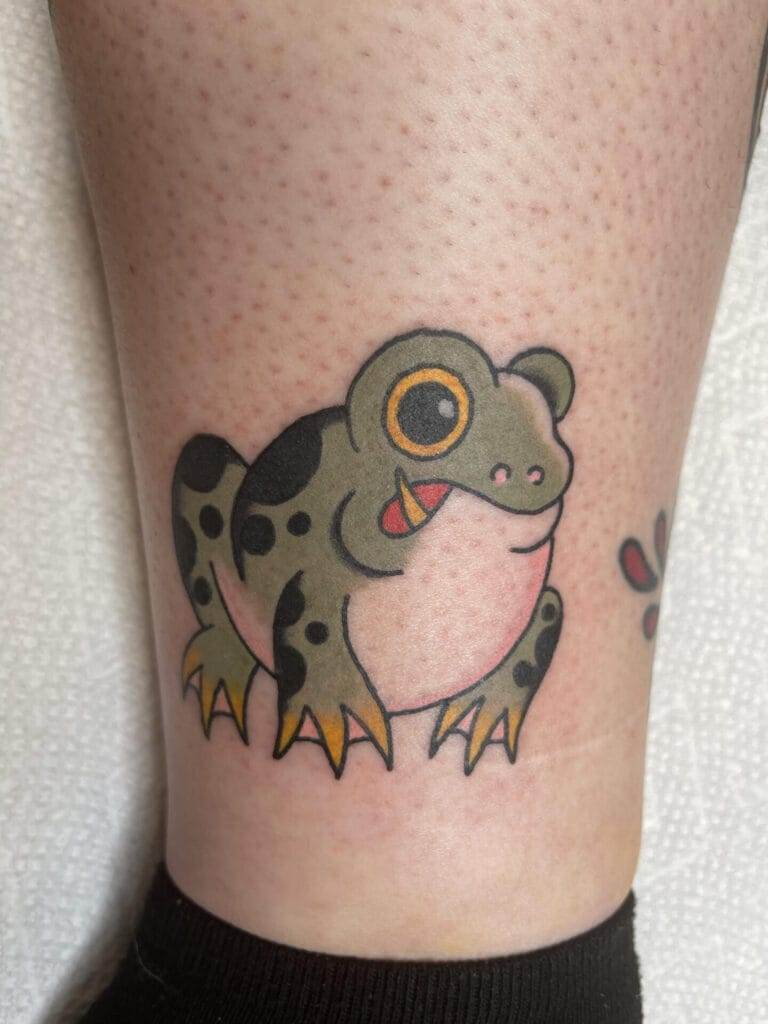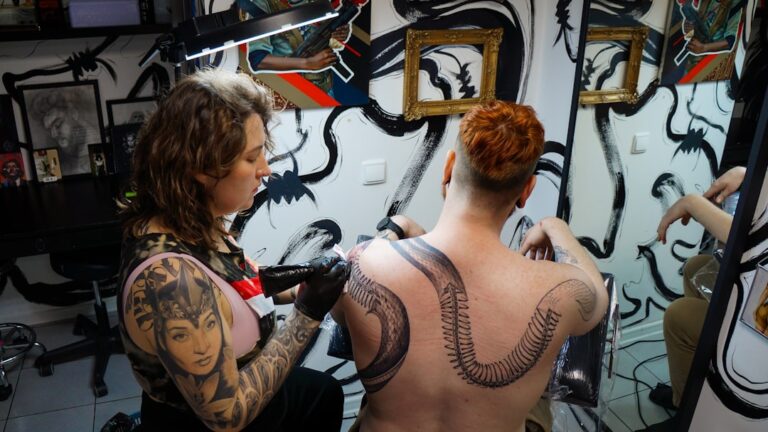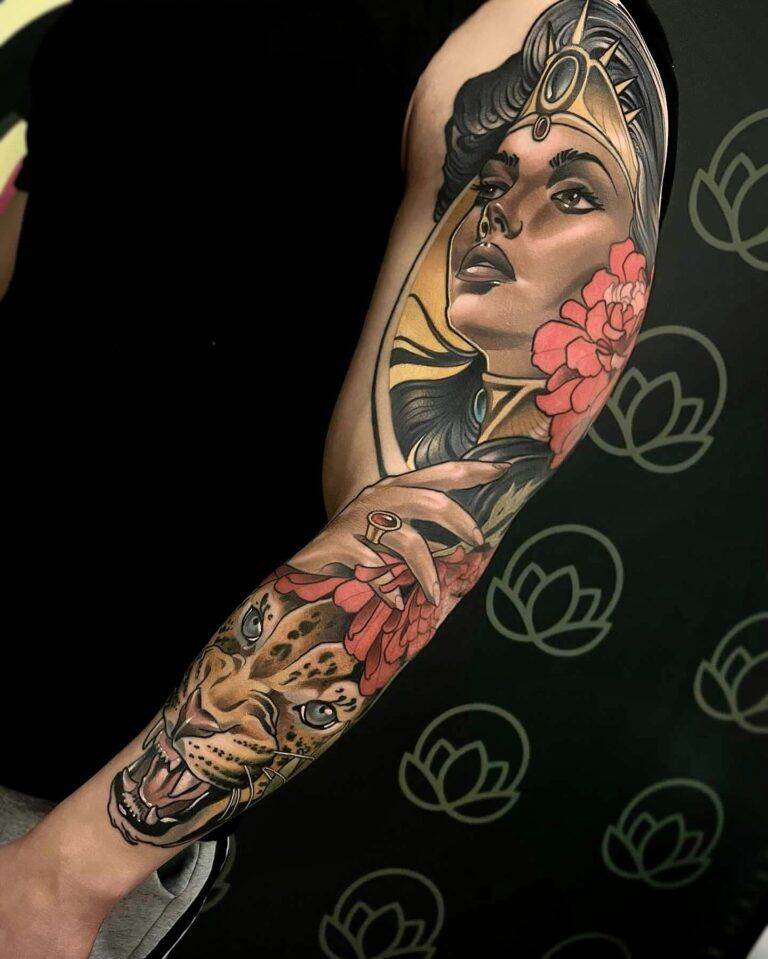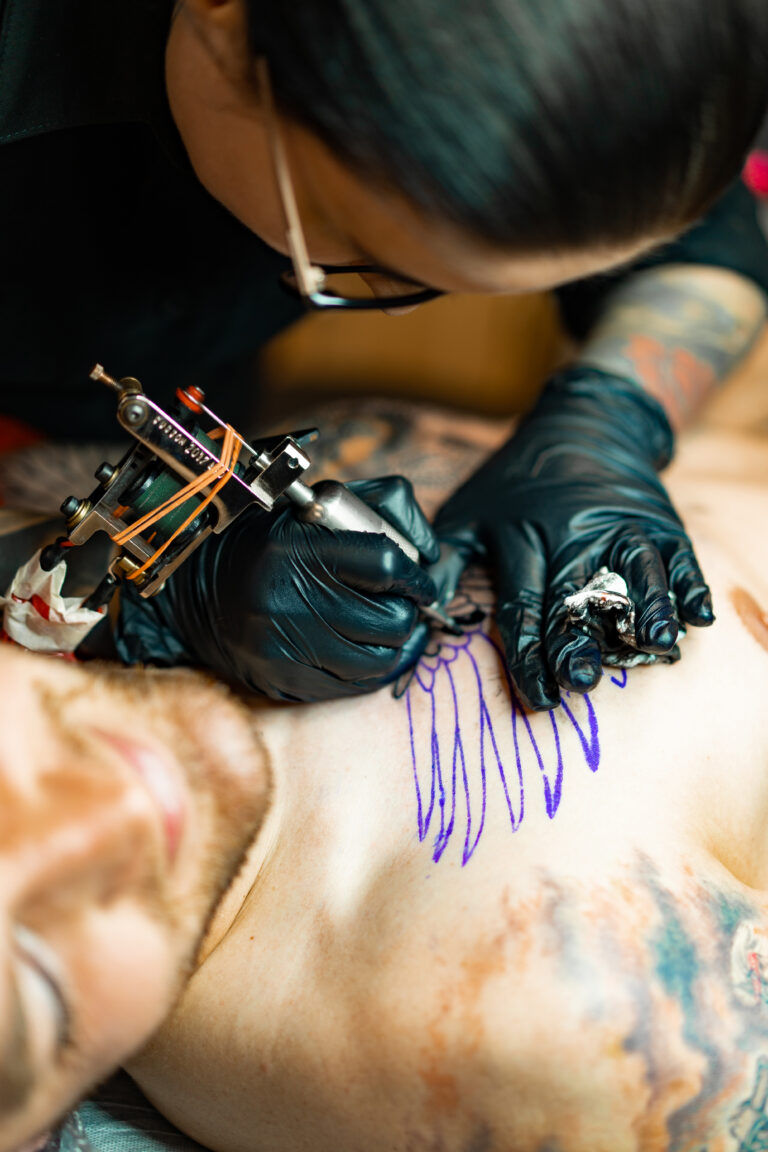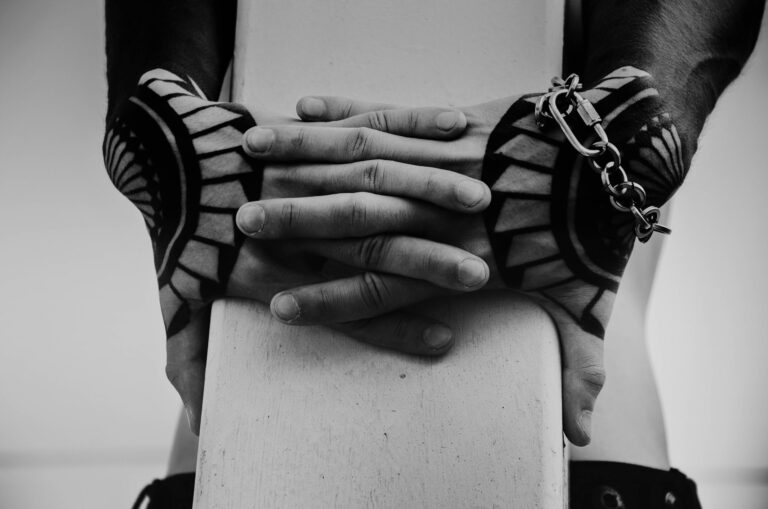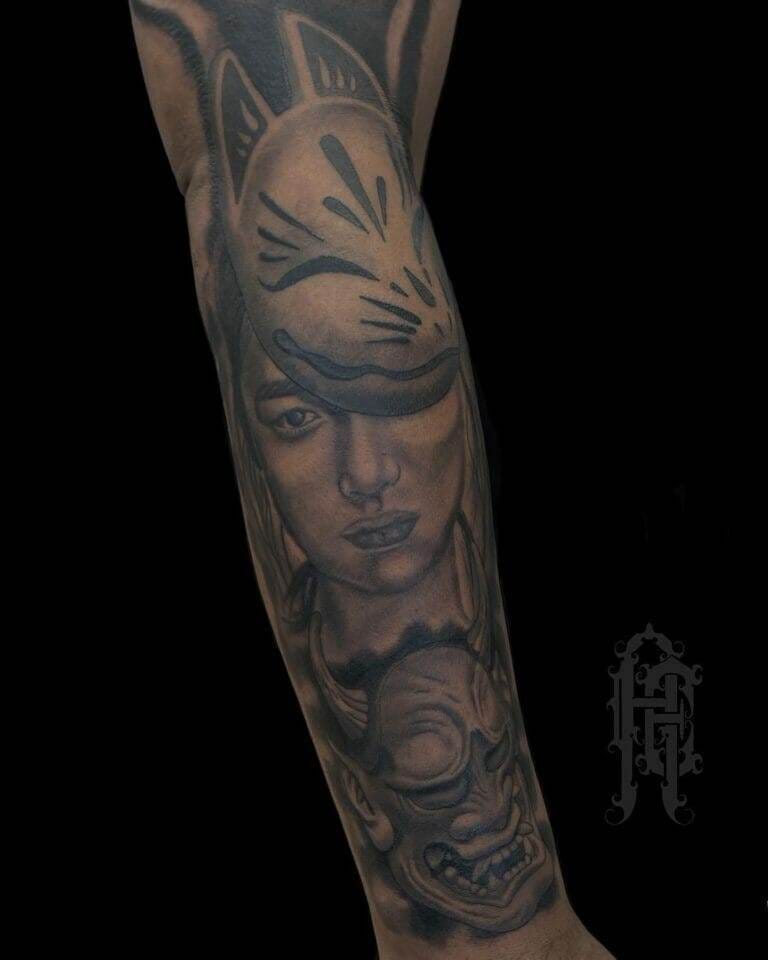Tattoo art has become increasingly popular in Sugar Land, Texas, as more and more people embrace this form of self-expression. What was once considered taboo or associated with a certain subculture is now widely accepted and celebrated. People from all walks of life are getting tattoos to commemorate important events, express their individuality, or simply adorn their bodies with beautiful artwork.
Understanding the tattooing process and finding the right artist are crucial steps in ensuring a positive tattoo experience. Tattooing is a permanent form of body modification, so it’s important to choose an artist who is skilled, experienced, and understands your vision. This article will explore the artistic process of tattooing, different tattoo styles and techniques, the importance of communication with your artist, the symbolism behind tattoo designs, proper tattoo care, cover-up options, the history and evolution of tattoo art, challenging negative stereotypes surrounding tattooed individuals, and the legal and financial aspects of tattooing.
The Artistic Process: Understanding the Creation of Tattoo Designs
Creating a tattoo design is a collaborative process between the artist and the client. It starts with a consultation where the client discusses their ideas, preferences, and any specific elements they want to include in their design. The artist then takes these ideas and creates a custom design that meets the client’s expectations.
Once the design is finalized, it is transferred onto transfer paper or directly onto the skin using a stencil. The artist then begins the tattooing process by using a tattoo machine to inject ink into the dermis layer of the skin. This process requires precision and skill to ensure that the lines are clean and the colors are vibrant.
Collaboration between the artist and client is crucial throughout this process. It’s important for clients to provide clear communication about their vision and preferences, while also being open to the artist’s suggestions and expertise. This collaboration ensures that the final tattoo design is a true reflection of the client’s desires and the artist’s artistic abilities.
Finding Inspiration: Exploring Different Tattoo Styles and Techniques
There are countless tattoo styles and techniques to choose from, each with its own unique aesthetic and symbolism. Some popular tattoo styles include traditional, neo-traditional, realism, watercolor, blackwork, and minimalism. Traditional tattoos are characterized by bold lines, bright colors, and iconic imagery, while neo-traditional tattoos add more depth and dimension to traditional designs. Realism tattoos aim to replicate the appearance of real-life objects or portraits with incredible detail. Watercolor tattoos mimic the look of watercolor paintings with soft edges and vibrant colors. Blackwork tattoos use only black ink to create intricate patterns and designs. Minimalist tattoos are characterized by simple, clean lines and minimal shading.
Finding inspiration for your tattoo design can be done through various resources. One option is to browse through tattoo magazines or books that showcase different styles and designs. Another option is to explore online platforms such as Instagram or Pinterest, where you can find a vast array of tattoo artists and their portfolios. Many tattoo artists also have their own websites or social media pages where they showcase their work. It’s important to take the time to research different artists and find one whose style aligns with your vision.
The Importance of Communication: Building a Relationship with Your Tattoo Artist
Effective communication with your tattoo artist is essential for a successful tattoo experience. It’s important to clearly communicate your ideas, preferences, and expectations during the consultation process. Be prepared to provide reference images or examples of the style or elements you want to incorporate into your design.
During the tattooing process, it’s important to communicate any discomfort or concerns you may have. A good artist will prioritize your comfort and make adjustments as needed. Additionally, be open to the artist’s suggestions and expertise. They may have insights or ideas that can enhance your design or improve its longevity.
Building a relationship with your tattoo artist is also important for future tattoo projects. By establishing a good rapport, you can develop trust and confidence in their abilities. This can lead to a more collaborative and enjoyable experience for both parties.
The Significance of Symbolism: Decoding the Meanings Behind Tattoo Designs
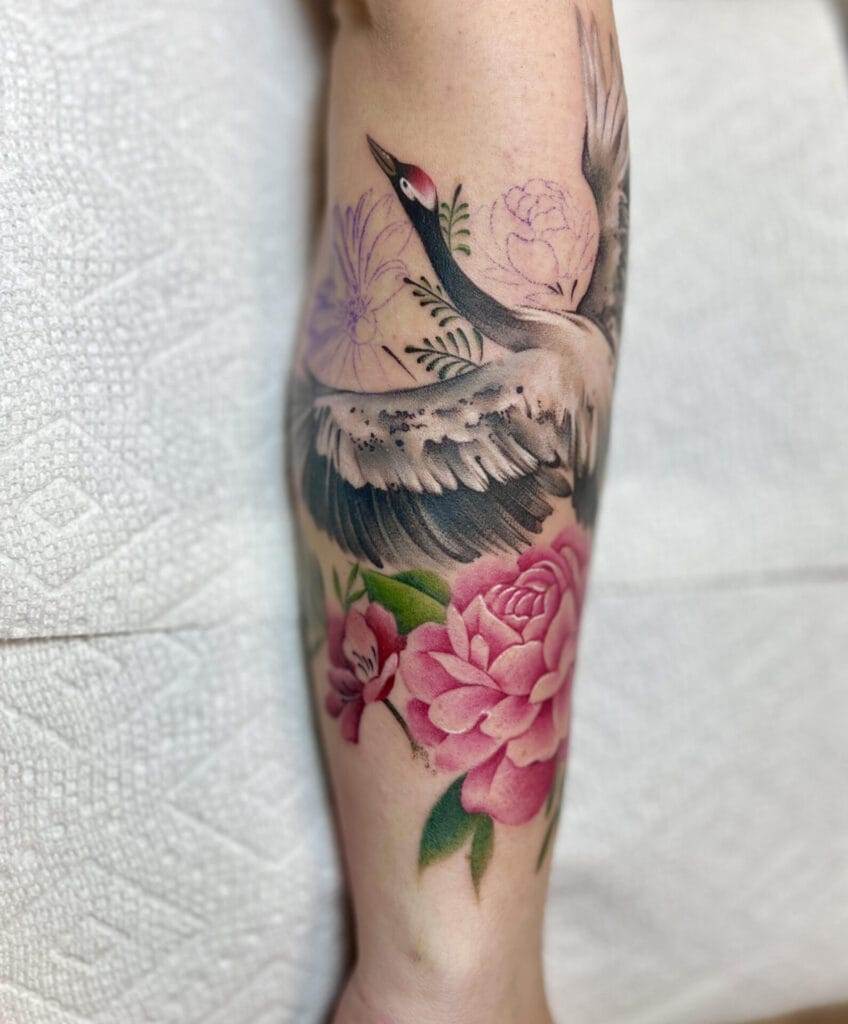
Tattoos have long been associated with symbolism and personal meaning. Many people choose to get tattoos that represent something significant in their lives, such as a loved one, a life event, or a personal belief. Understanding the symbolism behind common tattoo designs can help you choose a design that resonates with you on a deeper level.
For example, roses are often associated with love and beauty, while anchors symbolize stability and strength. Birds can represent freedom and spirituality, while wolves are often associated with loyalty and protection. The meanings behind tattoo designs can vary depending on cultural or personal interpretations, so it’s important to research and understand the symbolism before getting a tattoo.
Tattoo Care: Tips and Tricks for Maintaining Your Ink
Proper tattoo care is essential for keeping your tattoo looking fresh and vibrant for years to come. After getting a tattoo, it’s important to follow the aftercare instructions provided by your artist. This typically involves keeping the tattoo clean, moisturized, and protected from the sun.
During the healing process, it’s important to avoid picking at scabs or scratching the tattooed area. This can lead to scarring or color loss. It’s also important to avoid exposing your tattoo to excessive sunlight or soaking it in water for extended periods of time.
Once your tattoo is fully healed, it’s important to continue taking care of it to maintain its appearance. This includes regularly moisturizing the skin, avoiding excessive sun exposure, and using sunscreen when necessary. Proper care will help prevent fading and keep your tattoo looking vibrant for years to come.
Covering Up: The Art of Tattoo Removal and Cover-Up Tattoos
Sometimes, people may want to remove or cover up an existing tattoo. Tattoo removal options include laser removal, dermabrasion, and surgical excision. These methods can be effective, but they can also be expensive and may require multiple sessions.
Cover-up tattoos are another option for concealing unwanted tattoos. A skilled tattoo artist can design a new tattoo that incorporates elements of the existing tattoo, effectively covering it up. It’s important to research and choose a reputable artist for cover-up tattoos, as they require a high level of skill and expertise.
Tattoo Culture: Understanding the History and Evolution of Tattoo Art
Tattoo art has a rich history that dates back thousands of years. Tattoos have been used for various purposes throughout different cultures and time periods. In some cultures, tattoos were used for spiritual or religious purposes, while in others they were used to signify social status or membership in a particular group.
Tattoo art has evolved significantly over the years, from simple hand-poked designs to intricate, hyper-realistic masterpieces. Today, tattooing is considered a legitimate art form and many tattoo artists are highly respected in the art community.
Understanding the cultural significance of tattoos can help us appreciate the art form and its historical roots. It also helps to break down stereotypes and challenge negative perceptions surrounding tattooed individuals.
Breaking the Stigma: Challenging Negative Stereotypes Surrounding Tattooed Individuals
Despite the growing acceptance of tattoos in society, negative stereotypes still persist. Tattooed individuals are often unfairly judged or stigmatized based on their appearance. These stereotypes can range from assumptions about a person’s character or intelligence to concerns about employability.
It’s important to challenge these stereotypes and promote acceptance and diversity. Tattoos are a form of self-expression and should not be used as a basis for judgment or discrimination. By celebrating the beauty and diversity of tattoo art, we can help break down these stereotypes and create a more inclusive society.
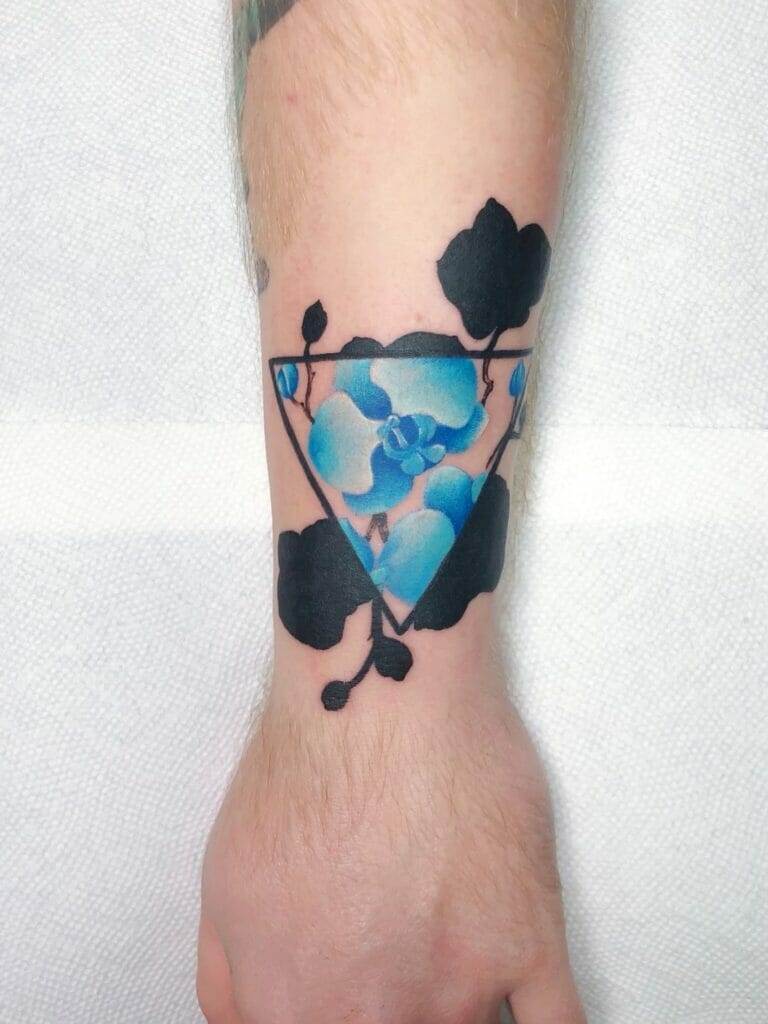
The Business of Tattooing: Navigating the Legal and Financial Aspects of Tattoo Art
Tattooing is not just an art form, but also a business. Tattoo artists and tattoo shops must navigate various legal and financial aspects to operate legally and successfully. This includes obtaining the necessary licenses and permits, complying with health and safety regulations, and managing finances.
It’s important for clients to research and choose a reputable tattoo shop that prioritizes cleanliness, professionalism, and customer satisfaction. This ensures that you are receiving a quality tattoo in a safe and hygienic environment.
Celebrating the Beauty and Diversity of Tattoo Art in Sugar Land
The growing popularity of tattoo art in Sugar Land is a testament to the beauty and diversity of this art form. Tattoos have become a mainstream form of self-expression, allowing individuals to showcase their unique personalities, beliefs, and experiences.
Understanding the tattooing process, finding the right artist, appreciating different tattoo styles and techniques, communicating effectively with your artist, understanding the symbolism behind tattoo designs, proper tattoo care, cover-up options, the history and evolution of tattoo art, challenging negative stereotypes surrounding tattooed individuals, and navigating the legal and financial aspects of tattooing are all important aspects of embracing and celebrating the beauty of tattoo art.
Whether you’re considering getting your first tattoo or adding to your existing collection, take the time to research, communicate with your artist, and choose a design that holds personal meaning for you. Embrace the beauty and diversity of tattoo art in Sugar Land and beyond.

